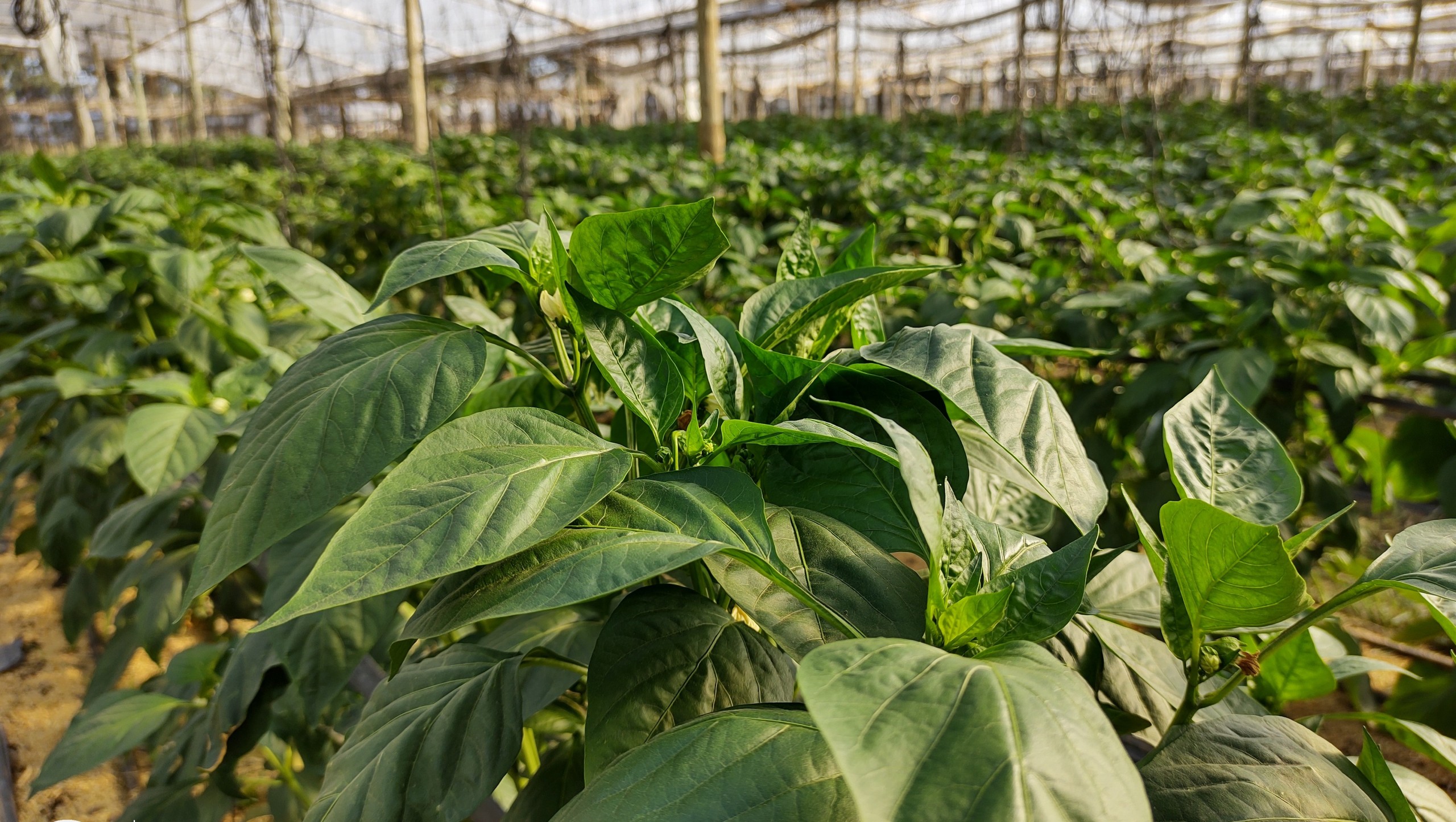Search for plant germination and/or growth inhibitors with potential application as agrochemicals
L. Travaini; E. A. Ceccarelli; N. J. Carrillo y G. M. Sosa. XI Argentine Symposium and XIV Latin-American Symposium of Pharmacobotany. I Latin American Congress of Medicinal Plants (2013) Rosario, Argentina.
The loss of activity of some conventional herbicides and the evolution of resistant weeds towards many of them has generated the need to find new active principles, with novel mechanisms of action. In this context, plant natural products offer a source of diverse molecules. In particular, the presence of certain phytotoxins has been associated with colonizing or invasive plant species and, it would be controlled by genetic as well as environmental factors. In the present work, we propose to search for germination inhibitors from plant extracts that can be used in the development of agrochemicals. To achieve this goal, we collected species that exhibited invasive behavior in regions of Argentina that have adverse climatic and geographical conditions. By using their different organs, aqueous extracts were prepared and their phytotoxicity against lettuce (Lactuca sativa) was evaluated. In this way, we selected 27 extracts that inhibited at 100% the germination of said species. By using different concentrations of each of these extracts, additional germination assays were carried out with lettuce and other species considered model of weeds: moha (Setaria italica), annual ryegrass (Lolium multiflorum) and oats (Avena sativa). Leaf extracts 118 and 1429 and fruit extract 1503 stood out. The first one was prepared with a plant collected in the Southeast of Santiago del Estero province, while the following two, with plants from the Northwest of Santa Fe province.
For confidentiality reasons, the scientific names of these species cannot be mentioned. These extracts showed the smallest IC50 to inhibit lettuce germination, in a range of 1.1 to 3.2 mg of dry extract/mL, and inhibited weed germination at 80% or more when applied at a concentration of 25%. When dose-response growth curves were performed with lettuce and annual ryegrass in the presence of the outstanding extracts, they significantly inhibited the growth and development of both species after one week of treatment. The results reported here so far have made it possible to identify at least three attractive plant extracts as potential sources of compounds with herbicidal activity.
Search for plant germination and/or growth inhibitors with potential application as agrochemicals
INBIOAR


